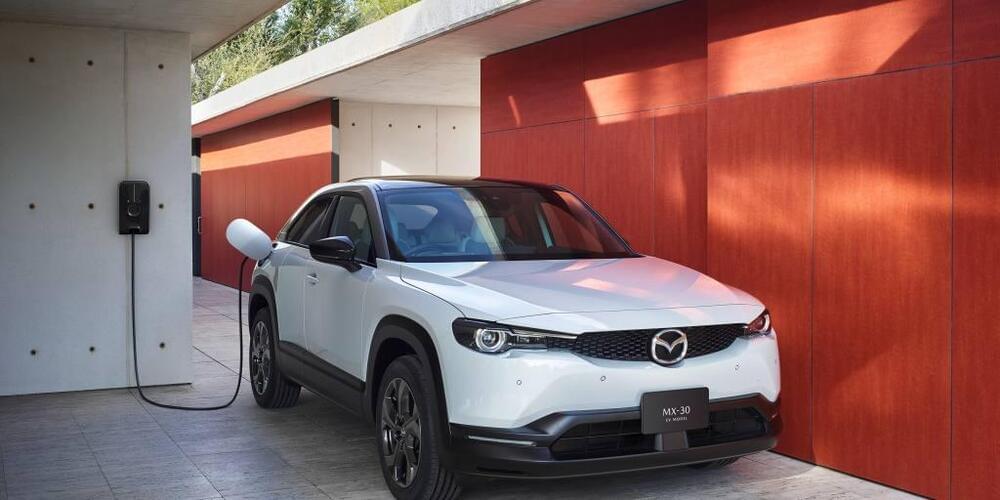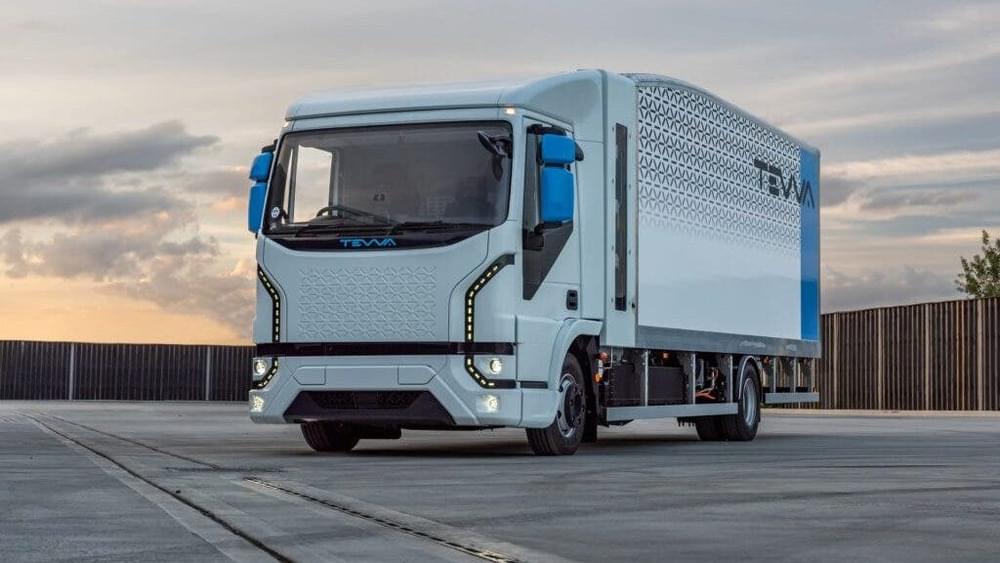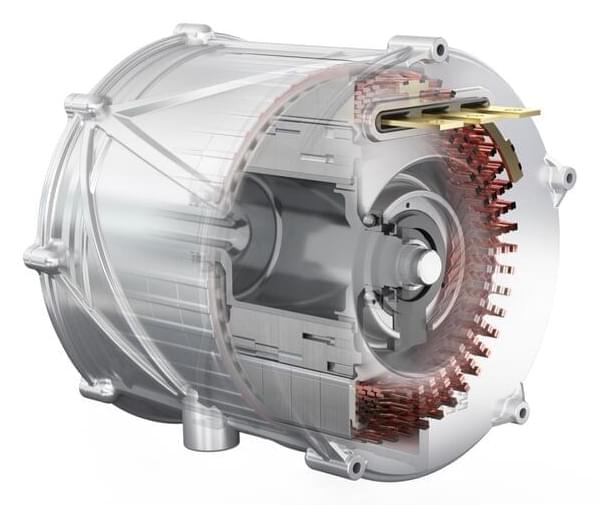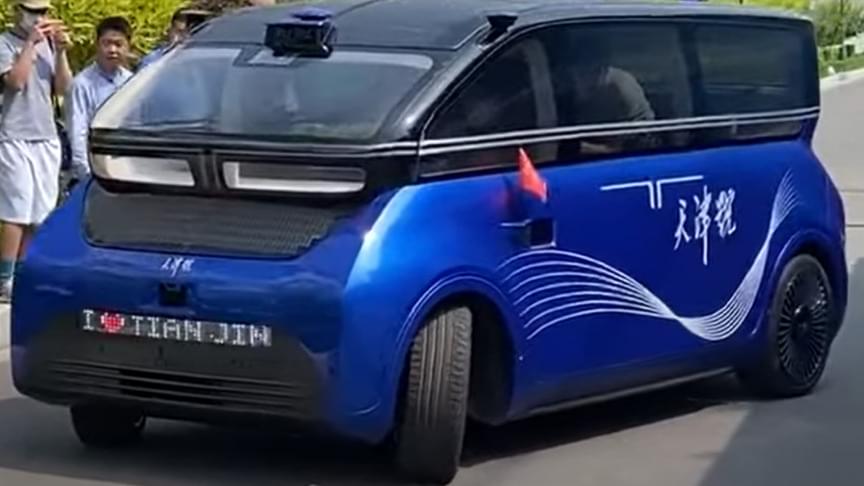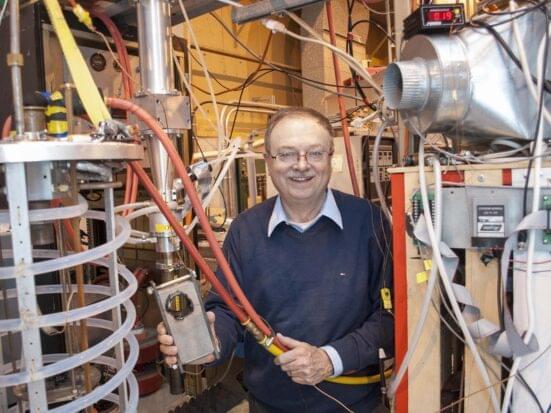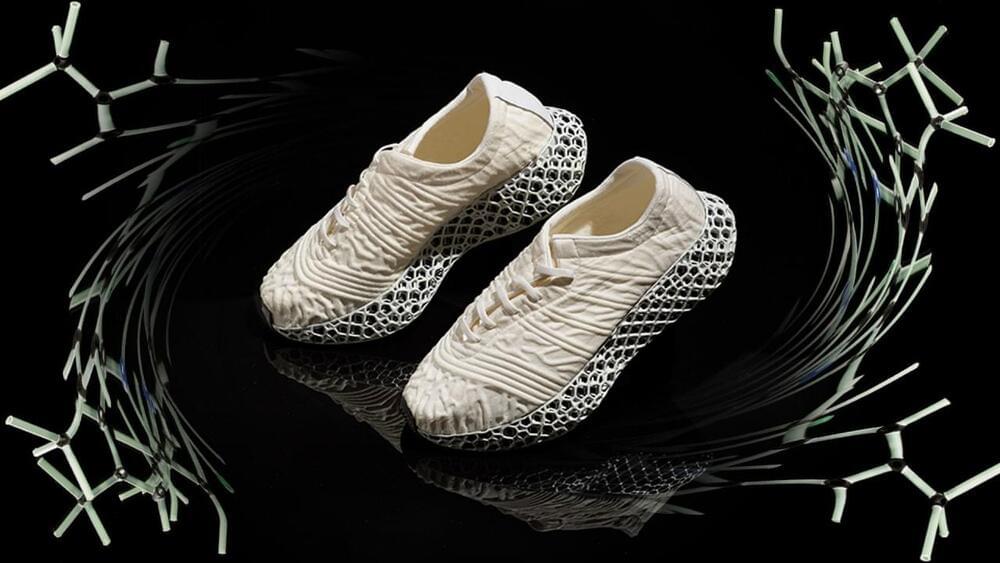Jul 13, 2022
Mazda revives rotary engine to extend range of electric cars
Posted by Quinn Sena in categories: sustainability, transportation
Automaker to release its MX-30 SUV equipped with the iconic motor later this year.
TOKYO — Mazda Motor is planning to revive its iconic rotary engine in a plug-in hybrid car by the end of this year as it attempts to simultaneously please fans and cope with tougher environmental rules in its main markets, such as Europe.
